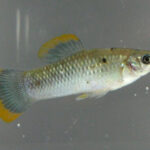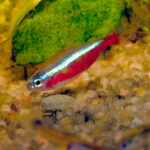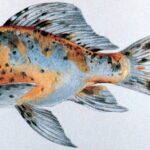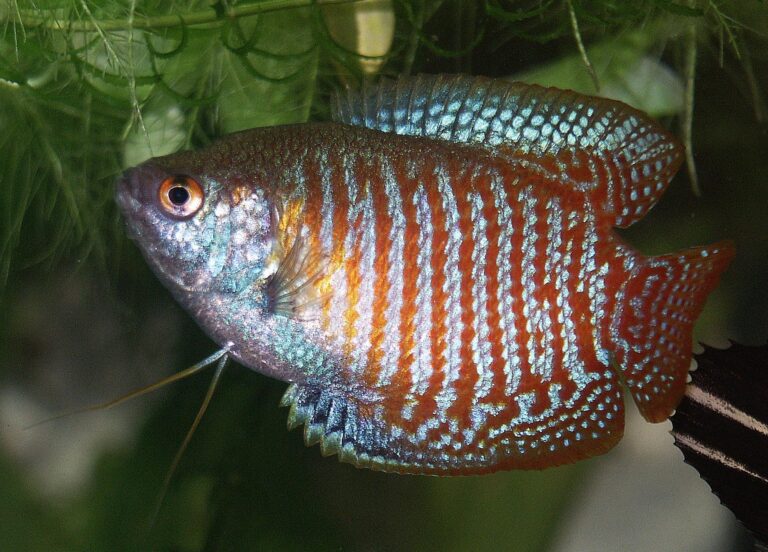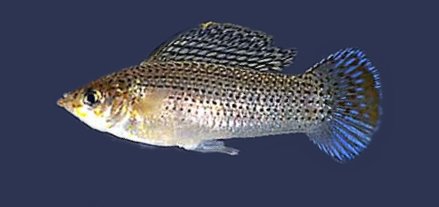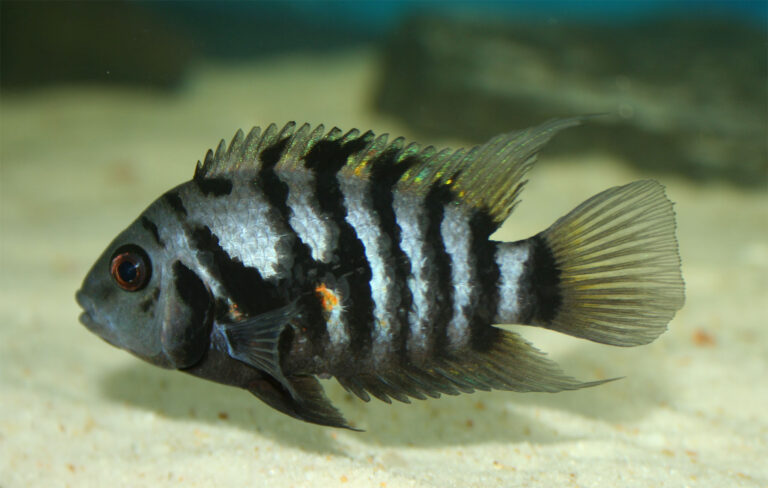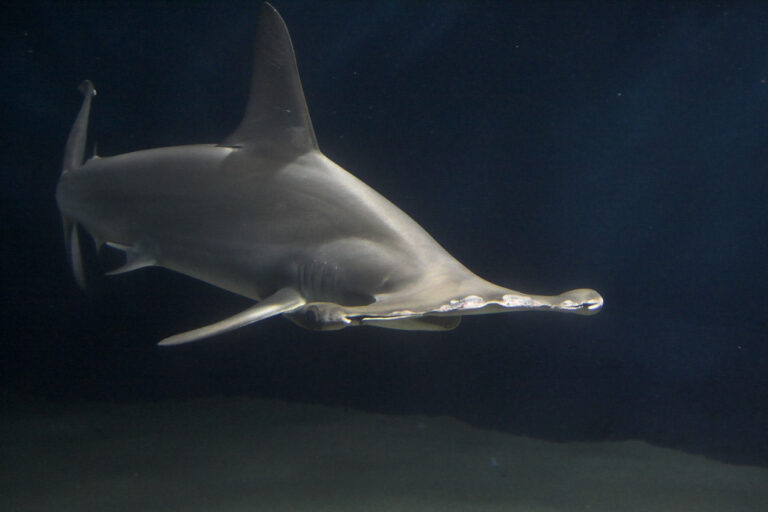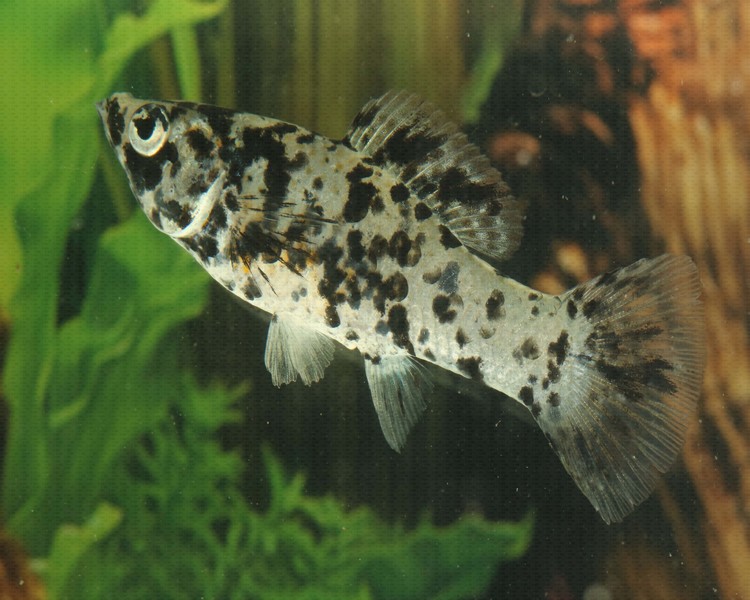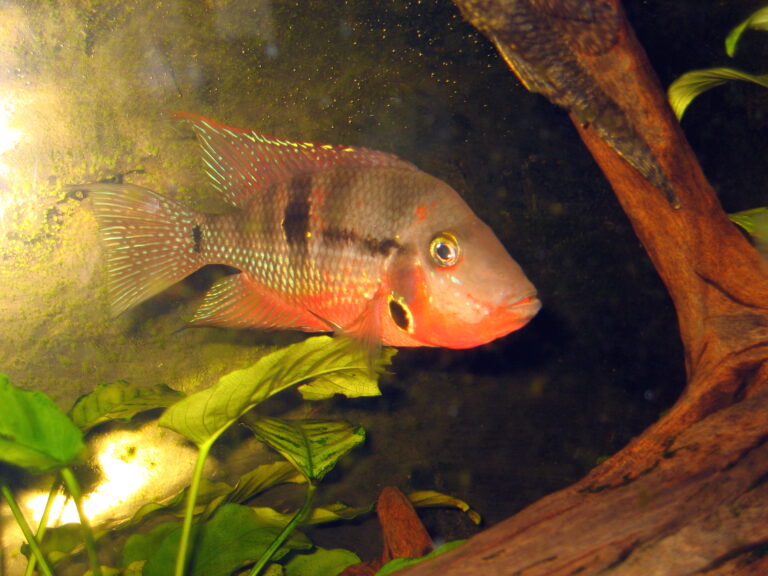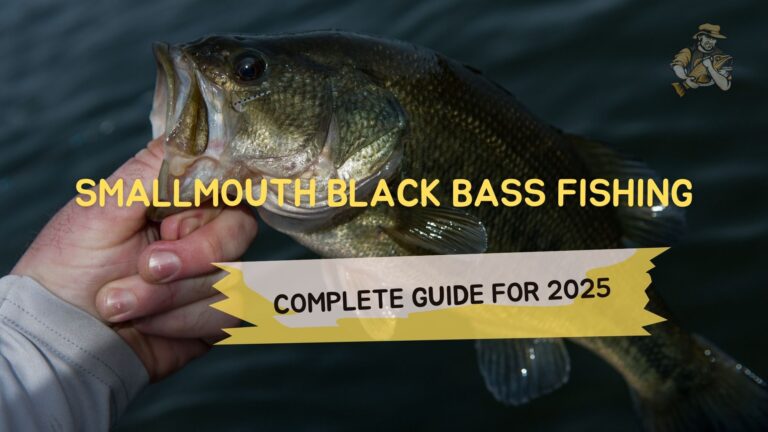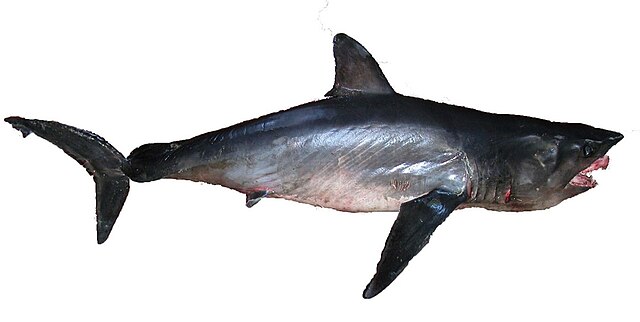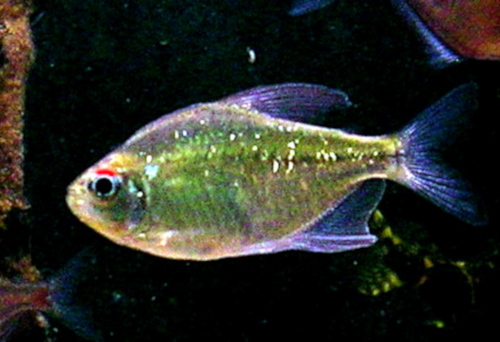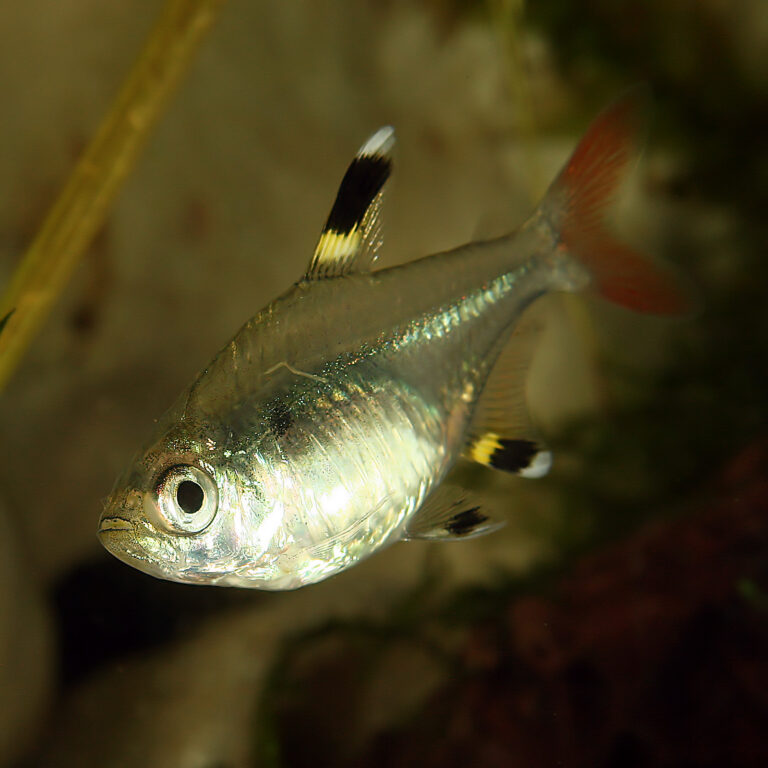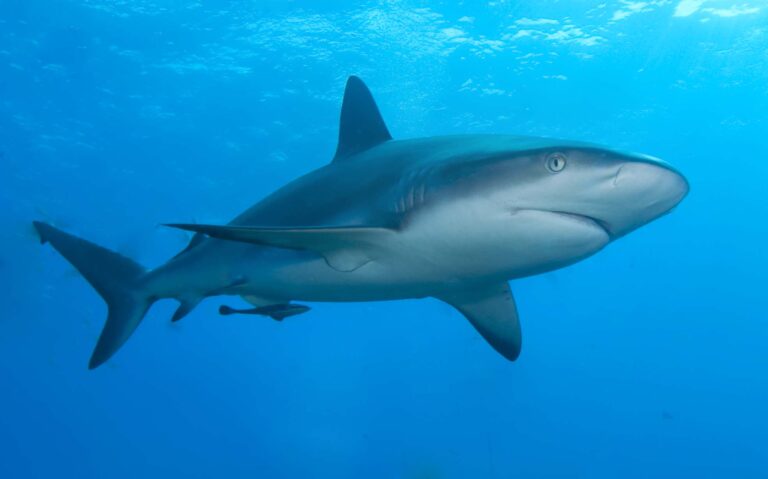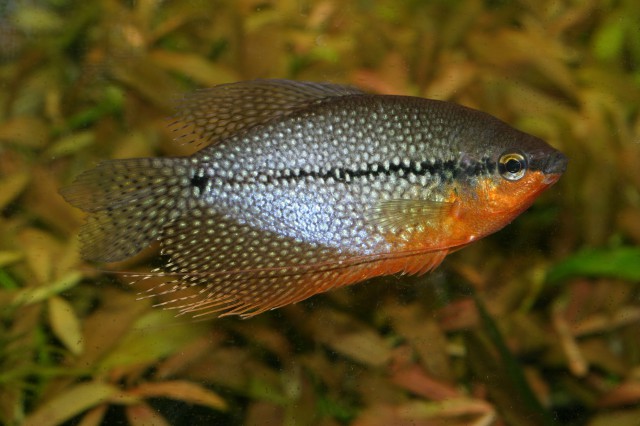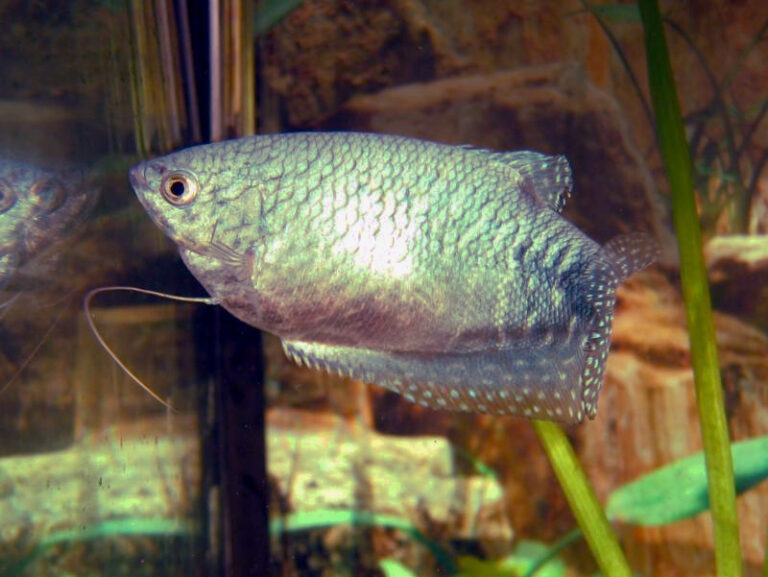Oceanic Whitetip Shark
By Ryan Maron | Last Modified: July 8, 2025

The Oceanic Whitetip Shark (*Carcharhinus longimanus*) stands as one of the ocean’s most formidable and recognizable apex predators, distinguished by its distinctive white-tipped fins and bold, opportunistic behavior. This pelagic species inhabits the open waters of tropical and subtropical seas worldwide, serving as a crucial component of marine ecosystems through its role in maintaining the balance of oceanic food webs. The Oceanic Whitetip Shark’s ecological significance extends beyond its predatory function, as it helps regulate populations of mid-water fish species and contributes to the health of oceanic environments through its wide-ranging migrations and feeding patterns.
| Feature | Details |
| Common Name | Oceanic Whitetip Shark |
| Scientific Name | Carcharhinus longimanus |
| Family | Carcharhinidae |
| Typical Size | 200-350 cm, 70-170 kg |
| Habitat | Open ocean, pelagic waters |
| Diet | Fish, squid, crustaceans, marine mammals |
| Distribution | Tropical and subtropical oceans worldwide |
| Conservation Status | Critically Endangered (IUCN) |
Taxonomy & Classification
The Oceanic Whitetip Shark belongs to the family Carcharhinidae, commonly known as requiem sharks, which represents one of the most diverse groups of modern sharks. Originally described by French naturalist René-Primevère Lesson in 1831, *Carcharhinus longimanus* derives its specific epithet from the Latin “longimanus,” meaning “long hands,” referring to the species’ characteristically elongated pectoral fins. This taxonomic classification places the Oceanic Whitetip Shark within the order Carcharhiniformes, which encompasses approximately 270 species of ground sharks.
The genus *Carcharhinus* includes numerous commercially and ecologically important species, with the Oceanic Whitetip Shark sharing evolutionary relationships with other large pelagic sharks such as the bull shark and sandbar shark. Recent molecular studies have revealed that the Oceanic Whitetip Shark diverged from its closest relatives approximately 20 million years ago during the Miocene epoch, developing specialized adaptations for life in open ocean environments.
Phylogenetic analysis indicates that the Oceanic Whitetip Shark represents a distinct lineage within the *Carcharhinus* genus, with genetic markers suggesting limited gene flow between geographically separated populations. This genetic isolation has led to subtle morphological variations across different ocean basins, though taxonomists currently recognize only a single cosmopolitan species.
Physical Description
The Oceanic Whitetip Shark possesses a robust, streamlined body that epitomizes the classic shark form, optimized for efficient swimming in open ocean environments. Adults typically measure between 200-350 centimeters in total length, with females generally growing larger than males and reaching maximum recorded lengths of nearly 400 centimeters. The species exhibits a distinctive bronze to golden-brown coloration on the dorsal surface, gradually fading to white on the ventral side, providing effective countershading camouflage in pelagic waters.
The most diagnostic feature of the Oceanic Whitetip Shark is its prominent white-tipped fins, particularly the large, rounded first dorsal fin and paddle-like pectoral fins that extend significantly beyond the body outline. These conspicuous white markings serve as the species’ primary identifying characteristic and distinguish it from other members of the *Carcharhinus* genus. The pectoral fins are notably broad and rounded, an adaptation that enhances the shark’s ability to glide efficiently through water columns while conserving energy during long-distance migrations.
The head structure reflects the species’ role as an opportunistic predator, featuring a moderately pointed snout and large, dark eyes adapted for low-light conditions in deeper waters. The mouth contains 13-15 rows of serrated, triangular teeth in the upper jaw and 13-14 rows in the lower jaw, perfectly designed for grasping and cutting through various prey items. The gill slits are relatively large, supporting the high metabolic demands of an active pelagic lifestyle.
Distinctive morphological features include a pronounced interdorsal ridge and a relatively short tail fin with a well-developed lower lobe. The species’ body proportions reflect its pelagic lifestyle, with a torpedo-shaped profile that minimizes drag while maximizing swimming efficiency across vast ocean distances.
Habitat & Distribution
The Oceanic Whitetip Shark inhabits the epipelagic and mesopelagic zones of tropical and subtropical oceans worldwide, typically occurring in waters between 40°N and 40°S latitude. This species demonstrates a strong preference for open ocean environments, rarely venturing into coastal waters or areas with depths less than 150 meters. The optimal temperature range for Oceanic Whitetip Sharks spans 15-28°C, with the species showing particular abundance in waters maintaining temperatures above 20°C.
Distribution patterns reveal the species’ presence across all major ocean basins, including the Atlantic, Pacific, and Indian Oceans, with particularly dense populations historically documented in tropical convergence zones where nutrient upwelling supports diverse marine ecosystems. The species exhibits a preference for areas where surface temperatures remain relatively stable, avoiding regions subject to significant seasonal temperature fluctuations.
Vertical distribution studies indicate that Oceanic Whitetip Sharks typically inhabit depths ranging from the surface to approximately 230 meters, though satellite tagging has recorded individuals diving to depths exceeding 500 meters. These deep excursions often correlate with feeding opportunities or temperature regulation, as the species tracks prey movements and optimal thermal conditions throughout the water column.
The species demonstrates remarkable site fidelity to specific oceanic regions, with satellite tracking revealing that individuals often return to preferred feeding areas across multiple years. This behavior suggests the existence of critical habitat zones that provide consistent prey availability and suitable environmental conditions for the species’ long-term survival.
Diet & Feeding Behavior
The Oceanic Whitetip Shark functions as an opportunistic apex predator with a diverse diet that reflects the species’ adaptability to varying prey availability in open ocean environments. Primary prey items include pelagic fish species such as tuna, marlin, and dolphinfish, along with cephalopods including squid and octopus. The species also feeds on crustaceans, sea turtles, and marine mammals, demonstrating remarkable flexibility in prey selection based on local abundance and seasonal availability.
Feeding strategies employed by Oceanic Whitetip Sharks include both active hunting and scavenging behaviors, with the species often following pilot whales and other marine mammals to capitalize on feeding opportunities. The shark’s ability to detect chemical cues from great distances allows it to locate potential prey or carrion across vast oceanic expanses, contributing to its reputation as one of the ocean’s most efficient scavengers.
Behavioral observations have documented the species’ aggressive feeding behavior, particularly when competing with other sharks or marine predators for limited food resources. The Oceanic Whitetip Shark’s persistence and boldness in feeding situations have earned it recognition as one of the most assertive shark species, often dominating feeding aggregations despite the presence of larger predators.
The species exhibits diel feeding patterns, with increased activity during dawn and dusk hours when many prey species undergo vertical migrations. This behavior aligns with the natural movement patterns of deep-water fish and cephalopods that rise toward the surface during nighttime hours, providing optimal feeding opportunities for the Oceanic Whitetip Shark.
Behavior & Adaptations
The Oceanic Whitetip Shark displays a suite of behavioral adaptations that reflect its specialization for life in open ocean environments. The species is characteristically curious and bold, often approaching divers and surface vessels with minimal hesitation. This behavior pattern distinguishes it from more cautious shark species and contributes to its reputation as one of the ocean’s most fearless predators.
Swimming patterns reveal energy-efficient adaptations, with the species utilizing a slow, steady cruising speed punctuated by brief bursts of acceleration when pursuing prey or investigating potential threats. The large pectoral fins serve as stabilizers during gliding phases, allowing the shark to maintain position in the water column with minimal energy expenditure. This adaptation proves particularly valuable in nutrient-poor open ocean environments where energy conservation is critical for survival.
Social behavior varies depending on environmental conditions and resource availability, with individuals typically exhibiting solitary behavior except during feeding aggregations or mating encounters. When feeding opportunities arise, multiple individuals may congregate, leading to complex social dynamics and competitive interactions that demonstrate the species’ adaptability to changing social contexts.
The species demonstrates remarkable navigational abilities, with satellite tracking revealing precise movement patterns across ocean basins. These migrations often coincide with seasonal changes in prey distribution and water temperature, suggesting sophisticated sensory adaptations for detecting environmental cues across vast distances. The Oceanic Whitetip Shark’s ability to navigate using magnetic fields, chemical gradients, and other environmental signals represents one of the most impressive examples of long-distance navigation in marine vertebrates.
Reproduction & Life Cycle
The Oceanic Whitetip Shark exhibits a viviparous reproductive strategy, with females giving birth to live young after a gestation period of approximately 10-12 months. Sexual maturity occurs relatively late in the species’ life cycle, with males reaching reproductive capability at 175-200 centimeters total length and females maturing at 180-200 centimeters, corresponding to ages of 4-5 years for males and 6-7 years for females.
Mating behavior involves complex courtship rituals that typically occur in deeper waters during specific seasonal periods. Males often display aggressive behavior during mating encounters, with bite marks frequently observed on mature females as evidence of copulatory behavior. The species’ mating system appears to be promiscuous, with genetic studies indicating that females may mate with multiple males during a single reproductive cycle.
Litter sizes range from 1-15 pups, with an average of 6-8 offspring per reproductive cycle. Females exhibit a reproductive cycle of approximately 2-3 years, indicating relatively low reproductive output compared to many other shark species. This extended reproductive interval, combined with late sexual maturity, contributes to the species’ vulnerability to population declines when subjected to fishing pressure.
Newborn Oceanic Whitetip Sharks measure approximately 60-65 centimeters at birth and are immediately capable of independent survival. Juvenile sharks often inhabit slightly different depth ranges than adults, with young individuals showing a preference for shallower waters before gradually moving to deeper oceanic habitats as they mature. Growth rates are relatively slow, with individuals adding approximately 20-30 centimeters per year during their first decade of life.
Predators & Threats
Adult Oceanic Whitetip Sharks face few natural predators due to their size and formidable defensive capabilities, though larger sharks including tiger sharks and great whites may occasionally prey on smaller individuals. Killer whales represent the primary natural threat to mature Oceanic Whitetip Sharks, with documented cases of predation events in open ocean environments. Juvenile sharks face additional predation pressure from various pelagic species including large tuna, billfish, and other sharks.
Human activities represent the most significant threat to Oceanic Whitetip Shark populations, with commercial fishing operations causing dramatic population declines across the species’ range. Longline fishing targeting tuna and other pelagic species results in high bycatch mortality, while the species’ fins are highly valued in international shark fin markets. The combination of slow reproductive rates and intensive fishing pressure has created a population bottleneck that continues to affect the species’ recovery prospects.
Climate change poses an emerging threat through alterations in ocean temperature patterns and prey distribution. Rising sea temperatures may force the species to alter its distribution patterns, potentially leading to reduced access to traditional feeding grounds and breeding areas. Ocean acidification also threatens the marine ecosystems that support the species’ prey base, creating cascading effects throughout the food web.
Habitat degradation through pollution, particularly plastic debris and chemical contaminants, affects the species both directly through ingestion and indirectly through bioaccumulation in the food chain. The species’ position as an apex predator makes it particularly vulnerable to the accumulation of persistent organic pollutants and heavy metals that can affect reproductive success and immune function.
Conservation Status
The International Union for Conservation of Nature (IUCN) classifies the Oceanic Whitetip Shark as Critically Endangered, reflecting severe population declines documented across the species’ global range. Population assessments indicate reductions of 80-90% in many regions since the 1950s, with particularly dramatic declines in the Atlantic and Pacific Oceans where commercial fishing pressure has been most intense.
Conservation efforts have focused on international trade regulations and fishing restrictions, with the species listed on Appendix II of the Convention on International Trade in Endangered Species of Wild Fauna and Flora (CITES) since 2013. This listing requires export permits and sustainable trade documentation, though enforcement challenges continue to limit the effectiveness of these protections. The species is also protected under various regional fisheries management organizations, though implementation of protective measures remains inconsistent across different jurisdictions.
Stock assessments conducted by fisheries scientists indicate that population recovery will require substantial reductions in fishing mortality combined with international cooperation to address transboundary migration patterns. The species’ slow reproductive rate means that population recovery may take several decades even under optimal conservation scenarios, emphasizing the critical importance of immediate protective measures.
Recent conservation initiatives have included the establishment of marine protected areas in key habitat zones and the development of shark-friendly fishing practices that reduce bycatch mortality. However, the species’ oceanic lifestyle and extensive migration patterns present ongoing challenges for effective conservation management, requiring coordinated international efforts to ensure long-term population viability.
Human Interaction
Historical interactions between humans and Oceanic Whitetip Sharks have been characterized by both fascination and conflict, with the species earning a reputation as one of the ocean’s most dangerous sharks due to its involvement in several high-profile incidents. The species’ bold behavior and tendency to investigate surface disturbances have led to encounters with shipwreck survivors and military personnel, contributing to its fearsome reputation in maritime folklore.
Commercial fishing operations have exploited Oceanic Whitetip Shark populations for decades, with the species valued for its meat, liver oil, and particularly its fins, which command high prices in Asian markets. The species’ slow swimming speed and surface-oriented behavior made it particularly vulnerable to longline fishing gear, resulting in unsustainable harvest levels that have driven population declines across much of its range.
Ecotourism initiatives have begun to recognize the species’ value as a diving attraction, with several locations offering controlled encounters with Oceanic Whitetip Sharks in their natural habitat. These programs provide economic incentives for conservation while raising awareness about the species’ ecological importance and conservation needs. However, the species’ declining abundance has made such encounters increasingly rare and valuable.
Scientific research has benefited from advances in satellite tagging and genetic analysis, providing unprecedented insights into the species’ movement patterns, population structure, and ecological requirements. These studies have proven crucial for developing effective conservation strategies and understanding the species’ role in oceanic ecosystems. Collaborative research efforts between international institutions continue to expand knowledge about this remarkable predator.
Interesting Facts
The Oceanic Whitetip Shark possesses several remarkable characteristics that distinguish it from other shark species and highlight its unique adaptations for oceanic life. The species can maintain its body temperature several degrees above ambient water temperature through a specialized circulatory system, allowing it to remain active in cooler waters and extend its vertical range within the water column.
Behavioral studies have revealed that Oceanic Whitetip Sharks often associate with pilot whales in a commensal relationship, following the marine mammals to feeding areas and benefiting from their superior ability to locate prey concentrations. This behavior demonstrates the species’ intelligence and adaptability in exploiting available resources in nutrient-poor oceanic environments.
The species exhibits remarkable longevity, with some individuals estimated to live over 20 years in the wild. This extended lifespan, combined with slow growth rates and late sexual maturity, reflects the species’ adaptation to stable oceanic environments where consistent food availability supports long-term survival strategies rather than rapid reproduction.
Historical accounts from oceanographers and naturalists describe massive aggregations of Oceanic Whitetip Sharks in certain oceanic regions, with some reports documenting hundreds of individuals in relatively small areas. These historical abundance levels contrast sharply with current population estimates, illustrating the dramatic impact of commercial fishing on the species’ population structure and distribution patterns.
Frequently Asked Questions
How dangerous are Oceanic Whitetip Sharks to humans?
While Oceanic Whitetip Sharks are considered one of the more dangerous shark species due to their bold behavior and involvement in open-ocean incidents, actual attacks on humans are relatively rare. Most encounters occur in unusual circumstances such as shipwrecks or plane crashes, where the sharks are attracted to surface disturbances. The species’ curious nature and lack of fear toward humans can lead to investigative behavior that may be perceived as aggressive.
What is the current population status of Oceanic Whitetip Sharks?
Oceanic Whitetip Shark populations have experienced severe declines, with estimates suggesting 80-90% population reductions in many regions since the 1950s. The species is currently classified as Critically Endangered by the IUCN, reflecting the urgent need for conservation action. Recovery efforts are complicated by the species’ slow reproductive rate and continued fishing pressure.
How do Oceanic Whitetip Sharks navigate across vast ocean distances?
Oceanic Whitetip Sharks possess sophisticated sensory systems that enable long-distance navigation, including the ability to detect magnetic fields, chemical gradients, and temperature variations. Satellite tracking studies have revealed precise movement patterns across ocean basins, suggesting the species uses multiple environmental cues to navigate between feeding areas and breeding grounds. Their navigation abilities rival those of migratory birds and marine mammals.
What conservation measures are in place to protect Oceanic Whitetip Sharks?
Conservation measures include CITES Appendix II listing, which regulates international trade, and various regional fishing restrictions. Marine protected areas have been established in some key habitat zones, and research efforts continue to improve understanding of the species’ ecological requirements. However, the species’ oceanic lifestyle and extensive migration patterns present ongoing challenges for effective conservation management, requiring coordinated international efforts.
Conclusion
The Oceanic Whitetip Shark represents one of the ocean’s most remarkable apex predators, playing a crucial role in maintaining the balance of pelagic ecosystems through its function as both predator and scavenger. Despite facing unprecedented threats from human activities, this species continues to demonstrate the remarkable adaptations that have allowed it to thrive in open ocean environments for millions of years. The urgent need for comprehensive conservation action reflects not only the species’ intrinsic value but also its importance as an indicator of oceanic ecosystem health and the broader impacts of human activities on marine biodiversity.
Share The Article:
More Fish Species:
-
Gouramis
Gouramis represent one of the most fascinating and diverse groups of freshwater fish, belonging to the family Osphronemidae within…
-
Molly Fish
The Molly Fish represents one of the most adaptable and ecologically significant freshwater species in tropical and subtropical regions…
-
Convict Cichlid
The Convict Cichlid (Amatitlania nigrofasciata) stands as one of the most recognizable and widely distributed freshwater fish species in…
-
Hammerhead Shark
The Hammerhead Shark represents one of the most distinctive and fascinating apex predators in marine ecosystems worldwide. These remarkable…
-
Marble Molly
The Marble Molly (*Poecilia latipinna*) stands as one of the most recognizable and widely distributed ornamental fish species in…
-
Firemouth Cichlid
The Firemouth Cichlid (*Thorichthys meeki*) stands as one of Central America’s most recognizable freshwater fish species, distinguished by its…
Discover
-
Bora Bora Fishing: What I Learned After 3 Failed Trips
I still remember staring at those impossibly blue waters on my first morning in Bora Bora, thinking I was…
-
How to Fish for Bluegill: 2025 Complete Guide
Bluegill might not be the biggest fish in the pond, but they sure make up for it in fight…
-
What do You Need for Fishing in 2025? | Essential Gear for Beginners and Veterans
As I was organizing my tackle box last weekend for an early spring trip to Lake Michigan, I realized…
-
Texas Fishing License Guide: 2025 Costs & Requirements
I still remember the day a Texas game warden approached me on Lake Texoma while I was reeling in…
-
Smallmouth Black Bass Fishing: Complete Guide for 2025
If you’ve ever felt that sudden, powerful tug on your line followed by an acrobatic jump that leaves your…
-
Longfin Mako Shark
The Longfin Mako Shark represents one of nature’s most enigmatic and misunderstood predators, embodying both the raw power and…
Discover
-
Diamond Tetra
The Diamond Tetra (Moenkhausia pittieri) stands as one of the most captivating freshwater fish species in the aquarium trade…
-
Pristella Tetra
The Pristella Tetra (Pristella maxillaris) stands as one of South America’s most distinctive freshwater aquarium species, renowned for its…
-
Yellowfin VS Bluefin Tuna: Which Should You Target? (Expert Guide)
Let’s be honest – the first time I saw a yellowfin and bluefin tuna side by side at the…
-
Caribbean Reef Shark
The Caribbean Reef Shark (*Carcharhinus perezi*) stands as one of the most recognizable and ecologically significant predators patrolling the…
-
Pearl Gourami
The Pearl Gourami stands as one of the most recognizable and ecologically significant members of the labyrinth fish family,…
-
Gold Gourami
The Gold Gourami (Trichopodus trichopterus) represents one of Southeast Asia’s most recognizable freshwater fish species, distinguished by its robust…





